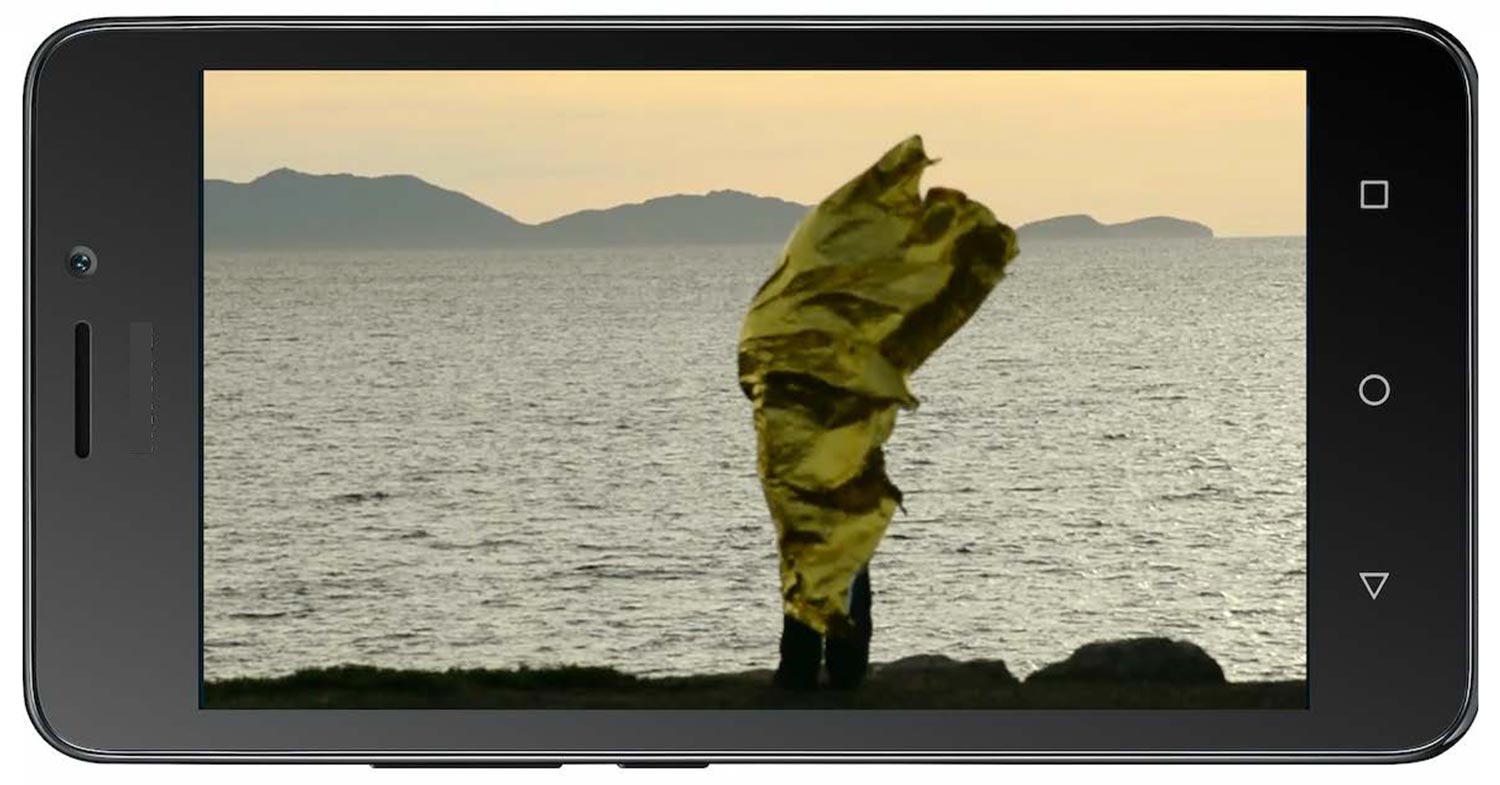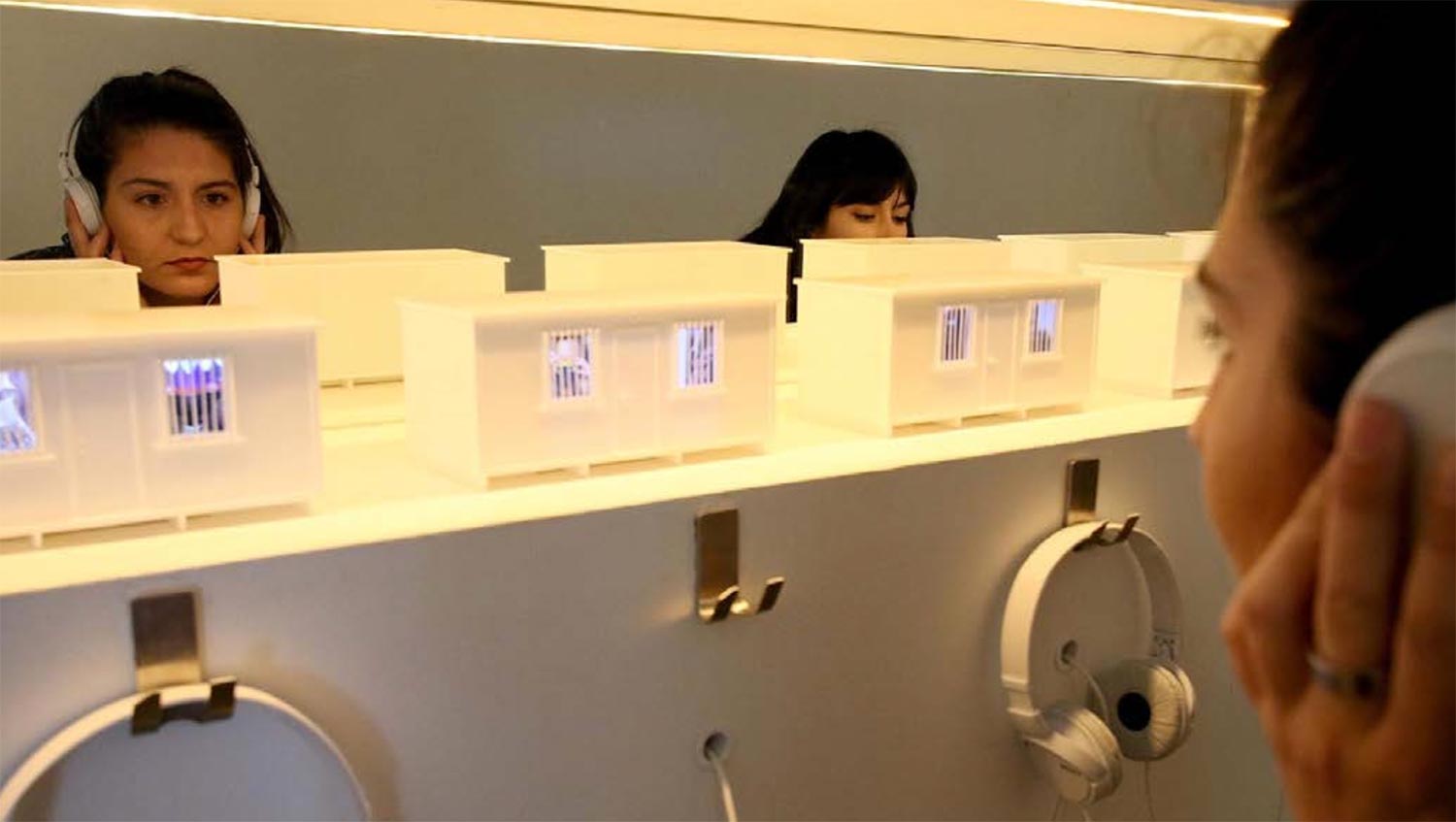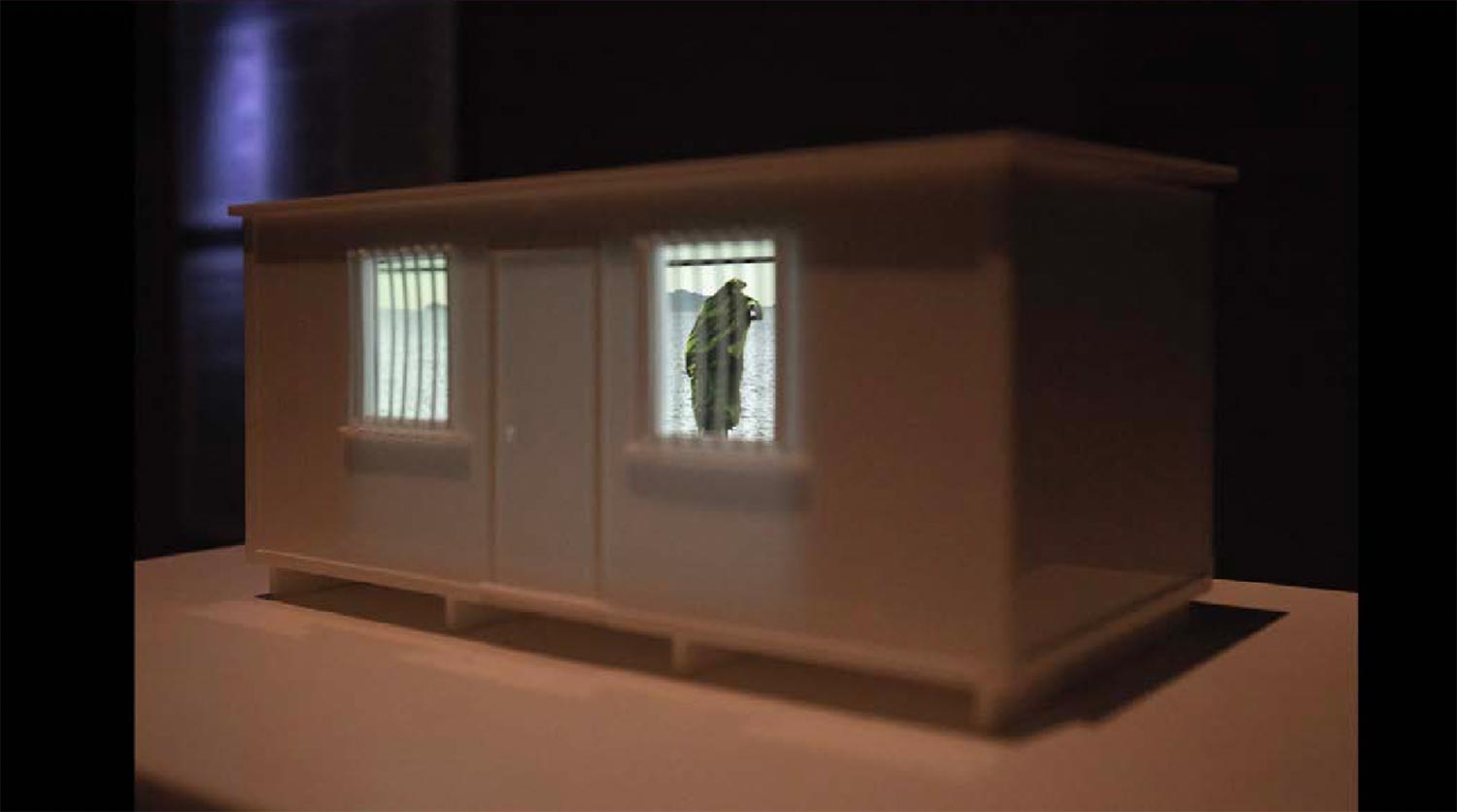- Login
Critical Spatial Practice










In ancient myth, Icarus seeks escape from island incarceration in wings fashioned from wax and feathers, only to be brought down by the scorching sun and perish in the sea. Island Icarus (2016–2019) is an iterative project provoked by the more recent story of a young refugee, ‘in flight’ from persecution, also imprisoned on an island, who tragically set his body ablaze.
As a series of co-created installations, Island Icarus was provoked by the death of Omid Masoumali, a 23-year-old Iranian asylum seeker who tragically set himself on fire in April 2016 on the Pacific island of Nauru. Protesting ongoing detention by the Australian government, his fatal act was recorded on the mobile phones of fellow detainees, posted online and utilized by mainstream media. Further to revealing intolerable circumstances to the world, such extreme tactics are a response to being silenced by distant incarceration, legislated muzzling of reportage and a generalized indifference. Island Icarus signals authorized inhumanity towards those in exile whose only crime is to seek safe haven from unbearable situations in their homelands.
Island Icarus (Remanence exhibition, Hobart 2017)
Video footage of a figure – wrapped in a wind-whipped emergency blanket and standing at dawn on the fossil cliffs of Tasmania’s Maria Island – provides a fiery image with crackling sound, which is projected onto tattered plastic skins in a distant and inaccessible cell within Hobart’s Domain House. Standing at the threshold, observers who gaze through layers of security fencing across intervening rooms, find themselves restrained at the borders of the exhibition, echoing media images of detainees on Nauru, Manus and Christmas Islands.
PhoneHome (Architecture & Urbanism Biennale, Valparaiso 2017)
The video was further reworked for screening on a smartphone as Island Icarus (‘you peeled our skin off’) in the intermedial exhibit PhoneHome, featured in Chile’s 2017 Architecture & Urbanism Biennale, which was themed around ‘Unpostponable Dialogues’. Composed ofnine identical maquettes of refugee cabins in a mirror-lined wall niche, the design obliges the viewer to kneel and view inside each miniature ‘house’, adjusting their focal length in order to apprehend the streaming images. Headphones provide the soundscape integrating wind and crackling shroud with phone footage of Masoumali’s cries and the reactions of those witnessing his fatal act.
Island Icarus/PhoneHome (Fragments exhibition, Prague 2019)
In 2019 a single miniature refugee cabin sits atop a freestanding white plinth as New Zealand’s contribution to the Fragments exhibition during the Prague Quadrennial of Performance Design and Space. An abstracted prie-dieu (prayer desk), the podium integrates an upholstered kneeler and padded rail to assist viewers in raising and lowering their bodies. Sited in the shadows of the Czech Republic’s Lapidarium, it is towered over by sooty fragmented forms of Catholic emperors and saints, reinforcing the confessional act and literal incorporation of body as exhibit. Unlike other displays where visitors stand back to contemplate the artwork, the kneeling observer completes the exhibit – as spectator, auditor and participating supplicant – enacting an embodied encounter with the miniature framing of an abstracted body in flames and the very real cries of human calamity.
Dr Dorita Hannah is a New Zealand-based designer and independent academic whose international practice and research — operating across the spatial, performing, culinary and visual arts — focus on performance space and spatial performativity. Her projects range from theatre architecture (space-in-action) to public events (action-in-space), addressing the dynamics, politics and intermediality of the public realm. Hannah has published on Performance Design and Event-Space, with her creative work gaining awards and citations. She regularly exhibits in World Stage Design (WSD) and the Prague Quadrennial of Performance Design & Space (PQ), for which she was Architecture Curator in 2011 and Theory Curator in 2015. Sitting on editorial boards she also co-chairs working groups for IFTR (Theatre & Architecture) and PSi (Performance + Design). Hannah co-curated Fluid States (2015), a year-long globally dispersed festival that took place in 15 countries, including the Cook Islands where she co-directed the three-day event, Sea-Change: Performing a Fluid Continent. While supervising postgraduate candidates in New Zealand and abroad, Hannah runs design studios that focus on performative urbanism and spatial justice. She also lectures in Architecture Intelligence and has given many keynotes on the intersection between space and performance that include articulations of her own practice, including intermedial installations such as Island Icarus, PhoneHome and One Breath Away from Mother Oceania, which critique Australia’s incarceration of refugees in Pacific detention centres. Current research projects are aligned with Canada’s Concordia University and Finland’s Aalto University as well as explorations on the performativity of ubiquitous global objects such as the shipping container, smart phone and moulded plastic chair. Hannah’s main focus is on how performance design can facilitate an embodied engagement with issues in order to set up a space of empathic encounter.
While live performance and other creative art forms tend to frame the truth through fiction – sanctioned by a mutual agreement to suspend disbelief – an increasing onslaught of media images makes it difficult to separate theatricality from socio-political reality outside the arts arena. Such complexity could be understood through performance design, which, as an extended notion of scenography, provides a critical practice for acknowledging and commenting on the inundation of events – historical, aesthetic and quotidian – played out in a highly mediated world of unfolding global performances. Through participatory embodied witnessing, my installations, exhibitions and performances aim to operate ‘a/part’ – inviting the observer to be both a part of (bodily immersed) and apart from (critically distanced) the work. This deliberately oscillates between the intensive experience of Antonin Artaud advocated in his ‘Theatre of Cruelty’ and the socio-political engagement demanded by Bertolt Brecht’s ‘Theatre of Alienation’. As an intertwining of imagination and reality, it is always haunted by Lacan’s notion of the unrepresentable Real.
Ann Hamilton’s installation, Event of the Thread (NYC: 2015). https://www.youtube.com/watch?v=E8-S0ziUseo
Antonin Artaud’s ‘Theatre of Cruelty’ in Theatre and its Double (Grove Press: 1958)
Artists Without Walls’ performative breach of the West Bank Wall in The Divide (Palestine/Israel: 2004) http://w3.osaarchivum.org/galeria/the_divide/chapter19.html



































































